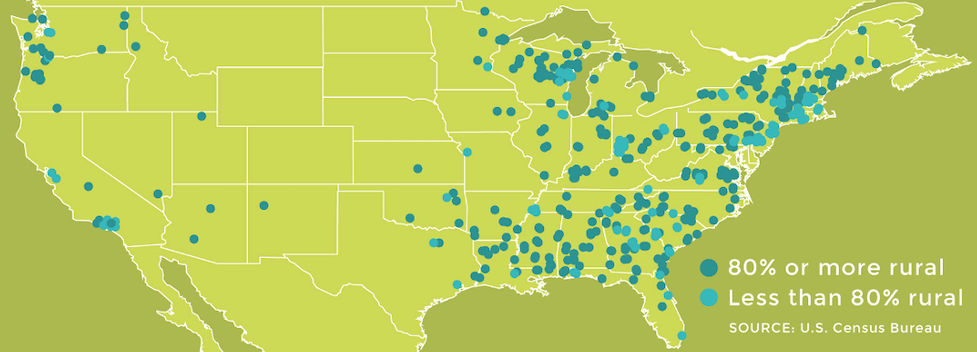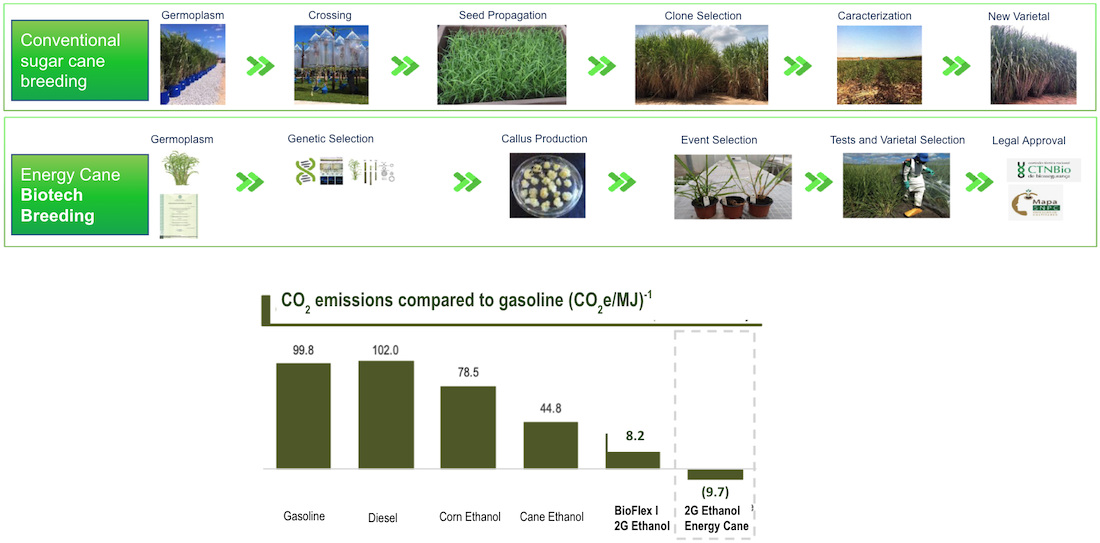
Biomass
Competitive Biomass in cost and photosynthetic efficiency
GranBio has developed know how to cultivate and handle various types of biomas to be used as feedstock in its technology platforms. More than 19 types of biomas including hard and soft wood, wheat straw, pam waste, sugar cane bagasse and straw, corn waste, mischathus, sorghum and other have been processed in Thomaston R&D Center.
Sugar Cane Straw
GranBio has structured a harvesting and logistics program to collect and treat 200,000 tons of sugar cane straw per year in Alagoas, Brazil. The straw that would rotten in the field became feedstock to BioFlex I to produce 2G ethanol or generate power to the grid. BioFlex 2G ethanol made of straw has been audited by RSB with a certification of 8.2gCO2eq/MJ delivered in Europe.

Pulp and Paper Pants Retrofit
More than 200 pulp and paper plants have been shut down in the United States since 2005, representing more than 100,000 jobs. The AVAP platform has been tested to retrofit P&P facilities and renovate the wood value chain with great industrial synergies.

Energy Cane
Energy Cane is probably the most competitive biomass in terms of cost and photosynthetic efficiency in tropical regions to decarbonize fossil fuel such as gasoline and kerosene.
Energy cane capture much more CO2, can replace traditional sugar cane with more than 2.5 times biomass and have longer cycles due to its unique rooting structure.
Main Advantages of Energy Cane:
- High Photosynthetic efficiency compared with any other plant in tropical and subtropical climate
- Energy Cane can be planted in degraded areas or replace pasture land with pluviometry under 800mm/y
- Out of the food vs. fuel debate
- 9 to 10 years of plantation cycle compared with 4 to 5 of conventional sugar cane
- Efficient host for complementary genes such us oil producers
In 2022 GranBio and Nuseed formed a global technology and commercial alliance to accelerate the advancement of energy cane as a reliable and secure lignocellulosic feedstock to biorefineries aiming net zero footprint.
